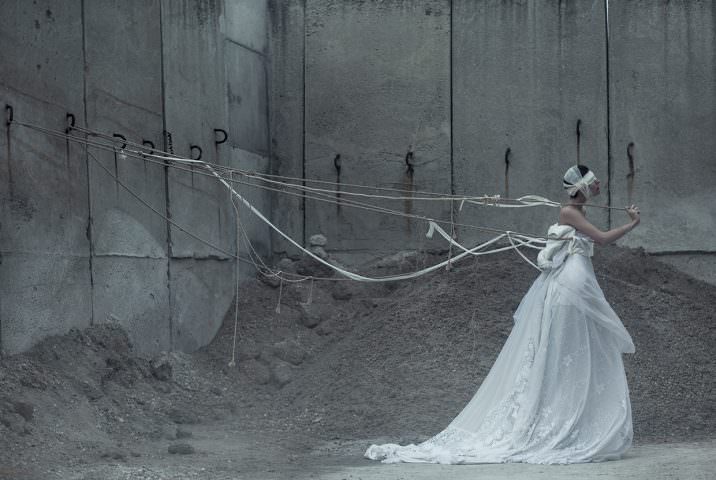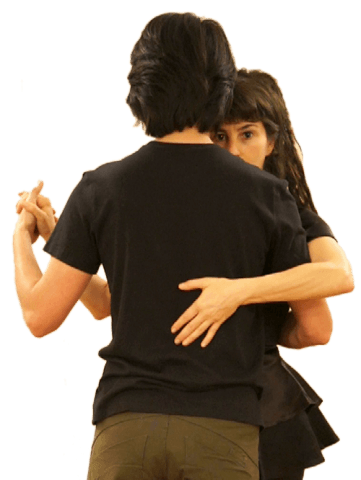I believe that there is a black tango and a white tango, like black magic and white magic.
Black or dark magic is the use of supernatural powers for selfish purposes. White magic uses these powers for communal benefits, such as abundant crops.
If we recognize that tango is a powerful thing, then we realize we can use it for selfish purposes or generous ones. We can recognize people who are using it in different ways.
Taking a human development perspective, I am hesitant to believe that most people who behave badly are doing so with intent. Usually it’s some form of immaturity. I think men need to pass through a stage of proving their virility. I don’t have to participate in that with them. Young girls may find it more interesting than I do.
I am indeed more concerned with women who are stuck on the dark side of tango, women who are addicted and who love their addiction. To me they look like rabid hungry dogs. They skitter from one hit to the next, high and high again but never satisfied.
Maybe a little later on, they write to me, and tell me they are hurting. That tango used to make them happy, high, elated, fulfilled, and now mostly it brings them down.

Black and White Magic
To get to white tango and to get with white tango practitioners, we need a reverence for what we are doing and for its most generous effects on those we do it with.
A profound interpretation of the roles
For me the Mark’s role is the creative. The revel is his engaged medium. Accompanied by her, and trusting in her, he experiences the freedom and courage to allow his unknown (perhaps divine) creativity to burst forth.
The Revel’s role is engagement. She is not here to express herself, but to witness the unknown and the complex, and to be the medium of the physical manifestation of something spiritual. This sacred gift allows her to experience unity and profundity beyond the consciousness of either dancer as an individual person.
Such a dance cannot be commanded or willed. The mark must be moved and the revel must be trustworthy and not hungry or dependent.
Successful achievement of these two roles is an act of grace. We may not always be able to get there.
Regardless of the dancer’s gender, they should strive to receive tango’s gifts to their whole humanity by exploring both roles, two aspects of themselves and their relationship to life. Cultivating both our self-expressive creativity (as the mark) and our capacity for engagement (as the revel) and to be committed to each role as we are enacting it.
The role of community
Community is the crucible which both nurtures and challenges us.
Community is used loosely in tango to refer to a circle of familiar people, and that can be comforting.
To achieve white tango, we need to cultivate a particular kind of community, in which people feel they are valued and influential, they feel free to ask and doubt, to speak and give feedback, to play together, to experiment, and to get support. These possibilities are not common in tango “communities”.
Women need to feel sisterhood, rather than competition.
Men need to feel safe from shame so that they can find dignity in play, rather than being locked to pretense and posing.
In both cases superficial relations paralyze dancers into fear/inadequacy and selfishness. That is dark magic.
Being known and being valued allows dancers to shift into their higher self, to be generous, and to allow the unknown/divine to grace them. That is white magic.
Tango is power, and a practice for relating to other people. You wield it.














